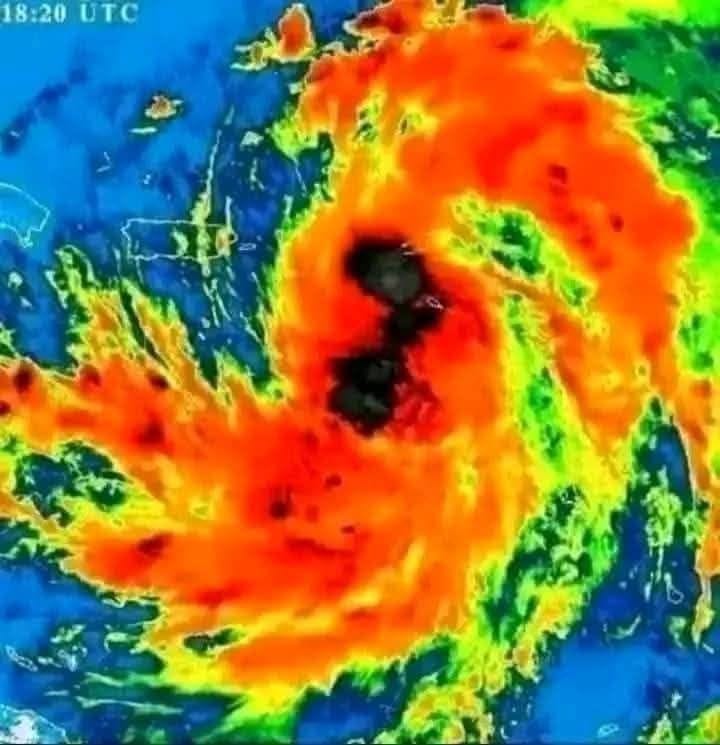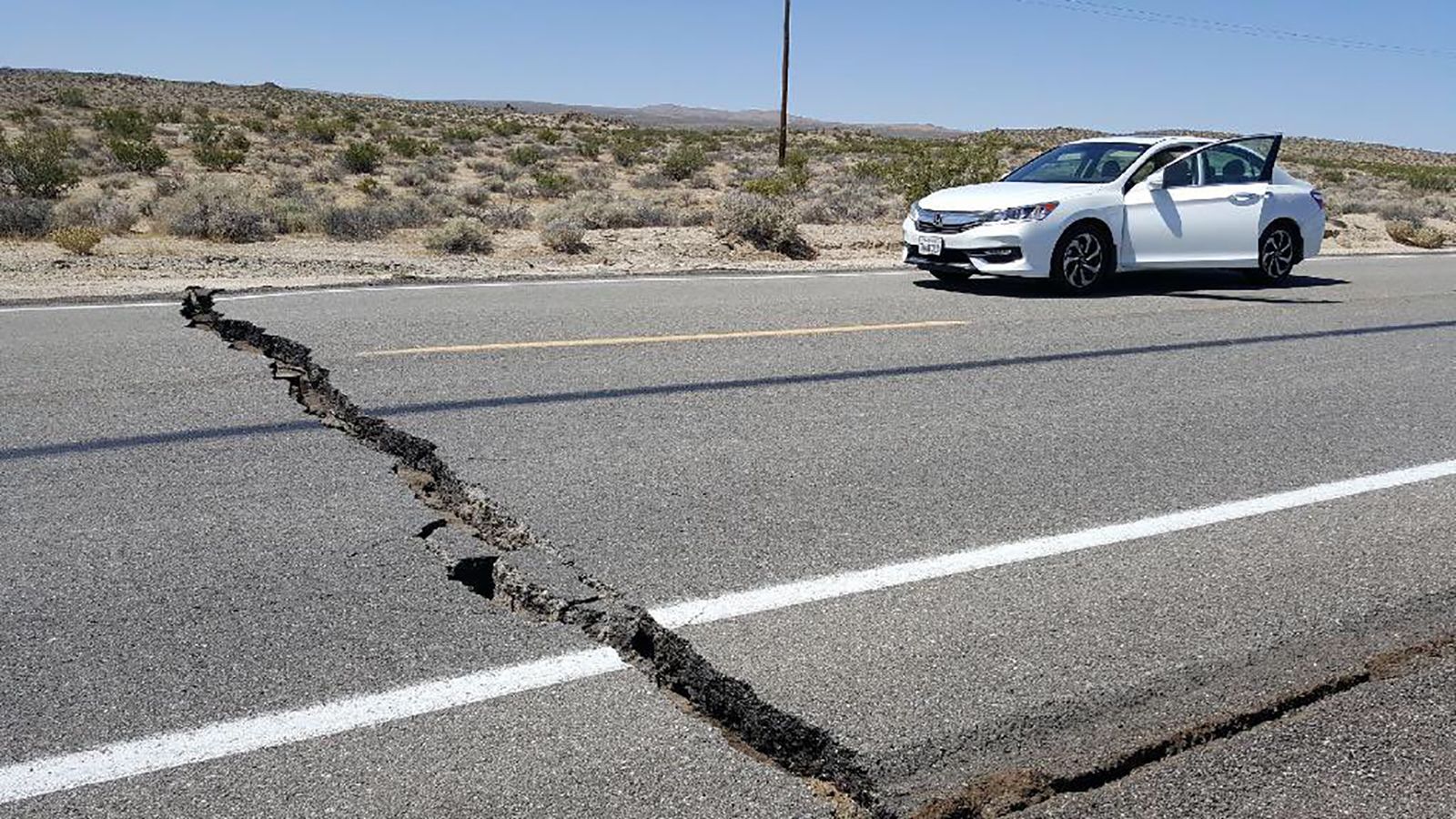Hurricanes are among the most powerful and destructive natural disasters on Earth. Using modern satellite technology, meteorologists can track these storms and assess their intensity. One of the most useful tools for this purpose is infrared satellite imagery, which provides critical information about a storm’s structure and strength. The image above is an infrared satellite capture of a hurricane, revealing its intensity and possible impact zones.
What is Infrared Satellite Imagery?
Infrared (IR) satellite imagery measures heat emissions rather than visible light. This allows meteorologists to see storm systems even at night and detect temperature differences within the storm. In the image provided, different colors represent different temperature levels:
- Blue and Green Areas – These indicate relatively warmer temperatures, often associated with less intense parts of the storm.
- Yellow and Orange Areas – These signify colder cloud tops, which suggest more active convection and storm development.
- Red and Black Areas – These represent the coldest cloud tops and the most intense parts of the hurricane, often located around the storm’s eyewall, where the strongest winds and heaviest rainfall occur.
Interpreting the Image
The image shows a well-defined spiral structure with a distinct core, indicating a strong and organized storm system. The presence of black and deep red areas suggests high-altitude, cold cloud tops, which typically correspond to severe thunderstorms, intense rainfall, and strong winds. The eye of the storm appears to be surrounded by this intense activity, further confirming its severity.
Additionally, the surrounding cloud bands, extending outward from the core, indicate the storm’s vast reach, meaning areas even outside the direct path could experience heavy rainfall and strong winds.
The Impact of Such Storms
Hurricanes of this intensity can lead to devastating consequences, including:
- Strong Winds – These can cause widespread damage to buildings, trees, and infrastructure.
- Storm Surge – A rise in sea level driven by the storm’s winds, leading to coastal flooding.
- Heavy Rainfall and Flooding – Persistent rainfall can lead to flash floods and landslides, endangering communities in its path.
Conclusion
Infrared satellite imagery plays a crucial role in tracking hurricanes and preparing for their impact. By analyzing the temperature variations and structural features, meteorologists can make accurate predictions and issue timely warnings. Understanding these images can help communities stay informed and take necessary precautions to minimize damage and loss of life.
As this storm progresses, it is essential to stay updated with official weather reports and take necessary precautions to stay safe.


